This blog was written by Julia Liberman, Operations Officer and EdTech Fellow; Victoria Levin, Senior Economist; and Diego Luna-Bazaldua, Education Specialist from the World Bank. It was originally published on the World Bank Blogs site on 27 April 2020.
As schools around the world have closed due to coronavirus (COVID-19) pandemic (and many have extended closures for the remainder of the school year), students, teachers, and parents are settling into the “new reality” for the foreseeable future. Many schools are implementing their distance learning contingency plans (some of them put together recently), and connecting students and teachers through online platforms and tools. National and local governments are partnering with broadcasting service providers to deliver educational content via television and radio during dedicated hours. Under these unexpected circumstances, teachers and parents have had to quickly adapt to teaching in this new reality to ensure that students engage in learning.
What are the learning assessment challenges and priorities in the current context?
Assessment of student learning is “the process of gathering and evaluating information on what students know, understand, and can do in order to make an informed decision about the next steps in the educational process.” (See What Matters Most for Student Assessment Systems: A Framework Paper). Learning assessment is a fundamental feedback mechanism in education, allowing all stakeholders of the learning process to understand what is being learned and where learning resources need to be focused. Assessment may take different modalities depending on its purpose. Along with high-stakes examinations and large-scale assessments, formative assessment is, under normal circumstances, carried out by teachers in the classroom as part of the teaching process and encompasses everything from teacher observation to continuous feedback to homework. Formative assessment is particularly relevant to understand the learning needs of each and every student and to adjust instruction accordingly. In addition, teachers usually implement summative assessments whereby specific educational content is reviewed to determine the extent to which students reached the expected learning goals and acquired critical knowledge and skills.
Prior to the COVID-19 crisis, all modalities of learning assessment had been strongly dependent on students’ physical presence – either for administration or for observing the learners’ daily progress. Current school closures necessitate development of alternative approaches to delivering the critical feedback function of learning assessment. While all types of assessment of student learning are important, the need for formative assessment right now is particularly critical because learning needs to take place outside of the physical classroom, and teachers and parents-turned-teachers need to understand whether students are absorbing the content that is delivered to them in formats that differ from business-as-usual.
How can formative assessment support learning in the context of school closures?
Formative assessment can be administered in synchronous and asynchronous forms. In the synchronous form, where the teacher and the student are working together at the same time (via online platforms like Zoom and Microsoft Teams), as well as directly by phone, teachers can provide feedback to students in real time. The United States has a history of combining TV instruction with synchronous phone-based connection between learners and teachers. In the 1990s, the Los Angeles Unified School District in California worked with the local TV channel to produce “Homework Hotline,” an educational TV program that was paired with teachers connecting to students using a toll-free number.
In the asynchronous form, where students and teachers are separated by both space and time, online tools such as Google Classrooms and Moodle can help teachers to provide feedback to students through questions, tasks, activities, and quizzes. Various online applications such as Recap: Video Response and Reflection for Education, WURRLYedu, and Screencastify can be used to record performance tasks created by students and shared with teachers. Especially for younger students, parents also need specific guidance on how to communicate the results of formative assessment to teachers. These instructions should be made available in electronic and/or printed form and emailed or mailed to homes or made available for pickup from the school or other designated location.
Even in low-resource and low-connectivity contexts, formative assessment can happen during school closures. Teachers can provide feedback to students through mailed or emailed instructions and tasks. Messaging platforms (such as Messenger and WhatsApp) can also be used: companies are making available solutions that allow teachers to design, deliver, and track multiple-choice and short answer assessments through text messaging. In the United States, when Florida issued stay-at-home guidance, Miami-Dade County Public Schools moved the physical distance learning helpline center that had been created at the start of the school closures to a virtual format, with questions from students, teachers, parents, and administrators on learning content and technical issues being routed, via a software program, to the computers of content-area and information technology experts.
Direct phone calls between teachers, students, and parents can also be utilized even under lockdowns. “Homework hotlines” have been used in several states prior to COVID-19 to provide feedback to students and parents, and they have expanded in some locations during COVID-19 to support learning. This has been done in Tennessee, where dedicated local phone numbers connect students and parents to certified teachers who provide support in many school subjects in English and in six other languages, in Kansas, and in Michigan, with the latter also providing mental counseling and emotional support as well as support for students with disabilities and/or special/diverse educational needs through a toll-free phone number. In addition, homework hotlines have been created to support students with print disabilities during COVID-19, as demonstrated by National Homework Hotline for Blind/Visually Impaired Students (NHH-BVI).
Irrespective of how formative assessment is communicated, it needs to be valid, timely, constructive, and specific to the learning needs of the child. The validity element is linked to the alignment of assessment content with the knowledge content the student should have acquired as part of the learning process. The timeliness aspect refers to the opportune use of the assessment to take quick action and provide remedial support if needed. The constructiveness element refers to the assessment’s capacity to deliver feedback to the student and for the student to gain information that helps him or her identify misunderstandings, get guidance on how to improve, and understand the goals of the learning process. Finally, the specificity of formative assessment implies its ability to inform teachers and students about whether specific learning goals are being reached, and what is needed in case they are not there yet. Teachers and parents need to be empowered with resources and means to conduct formative assessment in line with these elements, even in low-resource environments.
Various resources can be used by teachers and parents to support formative assessment in the context of COVID-19, and companies are making their tools more available to a broad range of users during this time (however, in choosing any specific tool, it is important to check the contract terms and confirm that the its use is in line with all applicable laws and regulations). Some examples of applications for formative assessment use include DreamBox Math (which provides math instruction based on performance and enables teachers to create targeted activities using the AssignFocus option), Questbase (a free online tool to create quizzes compatible with most browsers and IOS), and Woot Math (a free application that automatically generates and assesses thousands of problems to meet each student’s learning needs). In low-resource contexts, where connectivity and access to smart devices cannot be taken for granted, printed materials can be developed to support early reading skills for younger children, and to provide support for teachers and families.
Even though in many places it is currently not possible for teachers and students to come together in the same space, it is necessary for teaching and learning to continue to avoid learning losses and to stay on track in decreasing learning poverty. Formative assessment can help all students to continue along their learning trajectory, providing them, their parents, and their teachers with the necessary information to support the learning process, albeit from a distance.
Disclaimer: Resources in this article are provided for informational purposes only. The World Bank does not endorse any of the tools, companies, or applications mentioned in the article.

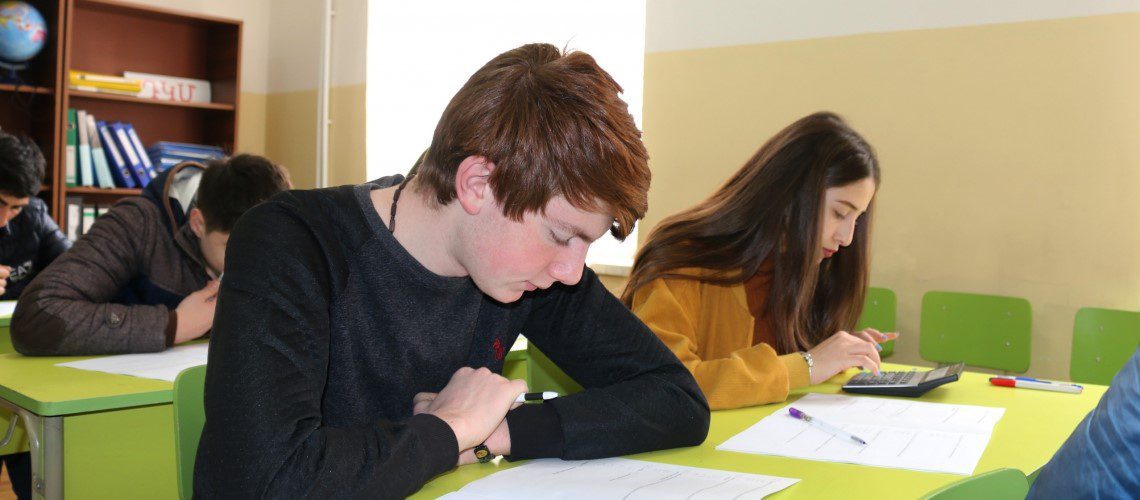
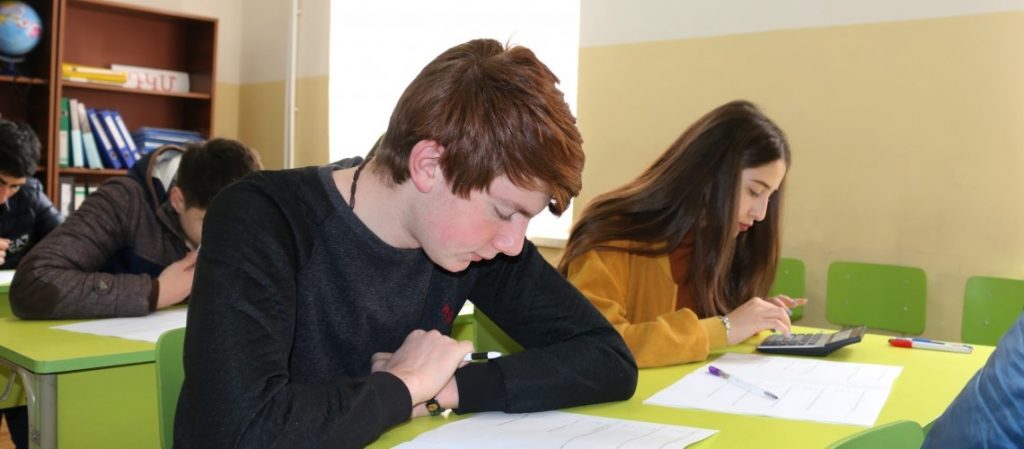

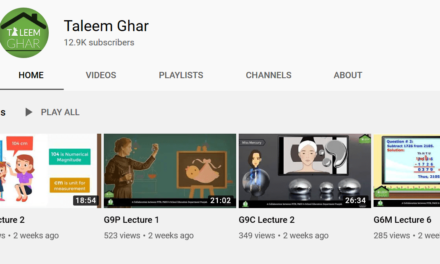
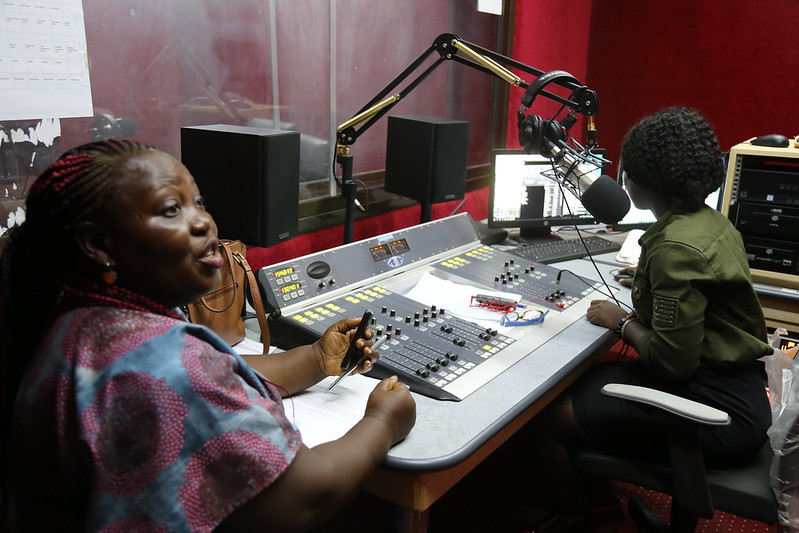
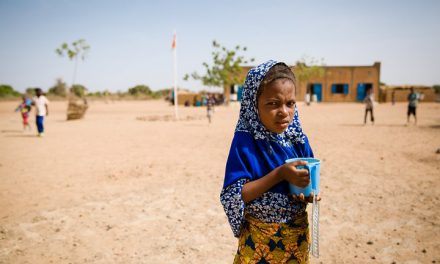
I agree , Yes Students still learning during this pandemic I may not say that it is a hundred percent but at least we are not wasting our time right? We are all adjusting with this mode of learning not only students but even teachers because we all didn’t expect that this pandemic will happen. Yes face to face is good but we don’t have a choice not to continue our studies. Maybe other students are not learning but those are the students who are lazy and not willing to learn. Levindiego Bazaldua and Liberman are right. We have many ways on how to learn teacher may use different kind of assessment even we are in our homes. That is why there is called synchronous and asynchronous sothat all students will comply and learn.in this way of learning All we need is patience and love because if we don’t love to learn, we will not really learn.! Learning is not easy that is why we have with us our teachers to guide us.
According to them, Even though in many places it is currently not possible for teachers and students come together in the same space but it is necessary for teaching and learning to continue to avoid learning losess and to stay on track in decreasing learning poverty. Yes!! What is the essence of we are in a modern world now? We are a 21st century learner’s instead of thinking negativities why should we not use our talents in manipulating this different kinds of technology for our learnings? Always think that we are one of the poorest country so we don’t deserve to stop learning because we all know that education are the key of all.
I agree, yes student can still learn despite of pandemic because we are in a digital age wherein online learning can use so that teachers can still deliver their lessons. It sounds challenging when it comes in online learning but if a learner has a determination to learn it would be easy for him/her. Instead of focusing in different difficulties we are experiencing why we should we just generate solutions so that we can still learn and cope in this mode of learning. . According to this blog, formative assessment can still administer through synchronous and asynchronous. Let say for example, a teacher can still meet his/her leaners through using different online platforms such as zoom or meet and can still interact through messenger.